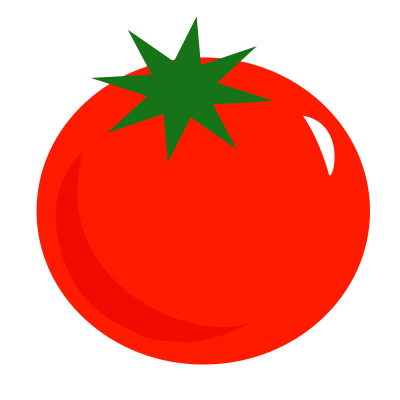Some midwestern fields are still bordered by hedgerows, but most US farmers don’t plant hedgerows and are skeptical of their benefits, worrying that they might introduce pests or predators to their farmland.
North American farmers are also loath to reduce the size of their crop-producing land by adding a living border or to deal with potential difficulties when the hedgerows require maintenance.
Even in the United Kingdom, hedgerows experienced a downturn in popularity as farmers moved towards more heavy equipment for working their fields and maintaining their boundaries.
While US farmers have been slower to embrace hedgerows for their ecological benefits, the science of hedgerows as natural havens has become inarguable.
A farmer looking to embrace the benefits of hedgerows as field boundaries first has to identify what kind of boundary they need.
https://inv.vern.cc/watch?v=WoprVhpOKIk - Hedging (1942)



I don’t disagree. I’ve been heavily into pollard (due to animal pressure) and there aren’t many available sources for Australian natives. I have a feeling a lot of that may be lost to Facebook Groups, even when you are on there searching for data is hard (I don’t use FB anymore). I’m sure there will be a 15 year+ window of lost information unfortunately.
I watched a few other videos, most aren’t as smooth as the 42 dude, while he had a pipe the whole time, and the tools were far less modern (i.e. pruning saws). I’d aspire to be the '42 guy first…